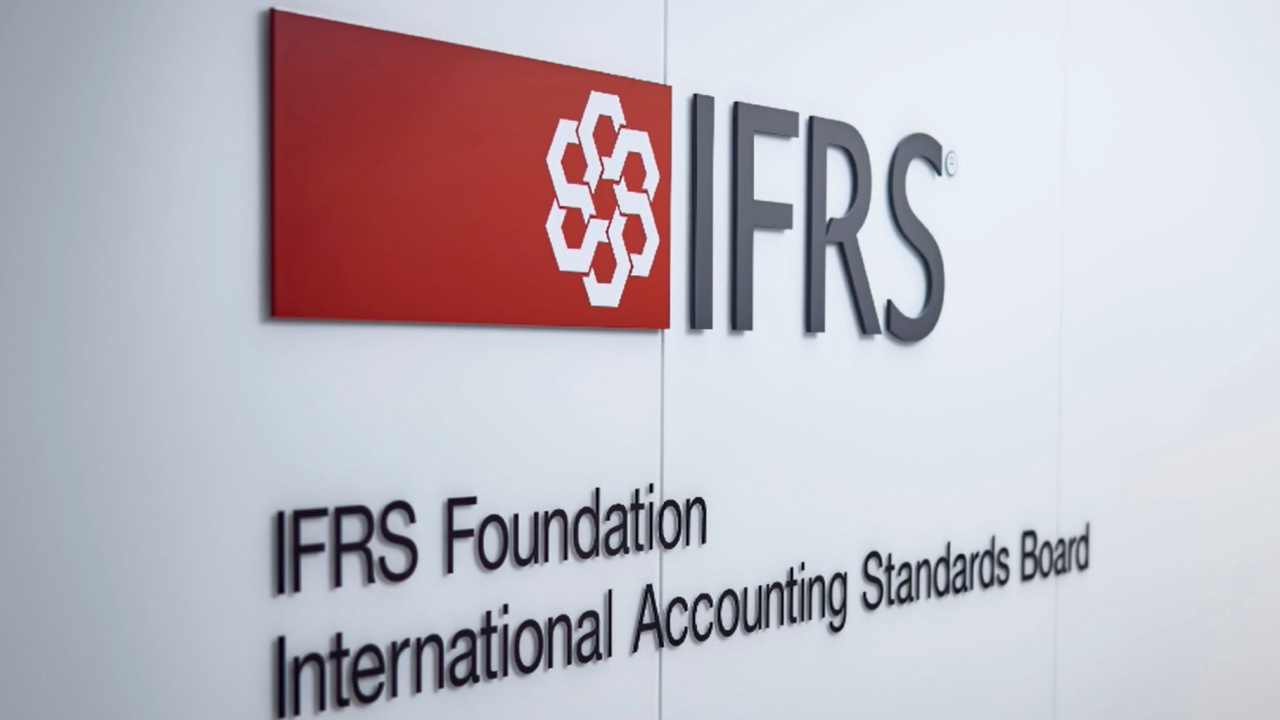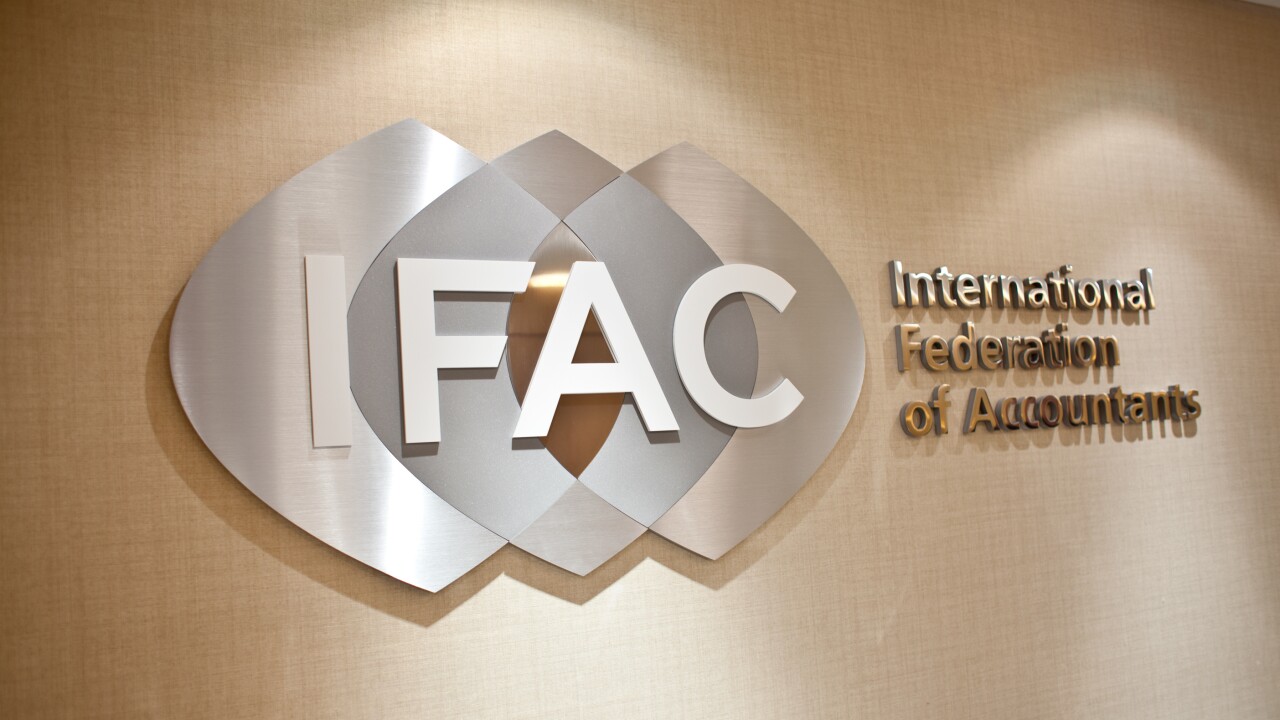Amid what is arguably one of the most crucial times in the fight against climate change, I had the incredible opportunity to join the conversation at the COP26 climate summit in Glasgow. It was the first time EY had an active role at COP, and we stood proudly alongside business leaders, NGOs, activists, government officials and dignitaries.
The steps taken at COP26, such as the creation of the Glasgow Climate Pact, will continue the positive momentum for change. I’m hopeful that world leaders will take future actions to limit global warming to
Reflecting on my time in Glasgow, two things are clear: Businesses want an active role in the climate solution, and tax policy will be on the agenda. To proactively participate in climate mitigation efforts, businesses need to understand the impacts of the Glasgow Climate Pact, seek a trusted advisor to explore the carbon credit market and learn about the carbon regimes across the globe.
What’s in the Glasgow Climate Pact?
The Glasgow Climate Pact is the first United Nations agreement that mentions fossil fuels and asks countries to reduce their use of coal and “inefficient fossil fuel subsidies.” It asks countries to improve their 2030 national climate targets by the end of next year. The agreement establishes a dialogue for a new United Nations body to help vulnerable countries address the consequences of climate change. But what I’m most excited about is that the agreement establishes new rules for assessing carbon credits. This was a sticking point in the Paris Agreement, and now it appears to have been resolved by the Glasgow negotiations.
What businesses should know about carbon credit rules
There was substantial progress at COP26 to standardize a carbon credit market as part of the
Companies should prepare for a new carbon credit accounting and market to be established. That could impact the way they offset residual emissions. Governments need to take policy steps to implement a carbon credit market. It’s prudent for businesses to partner with advisors to understand who the governing body will be and how the marketplace will be moderated. These climate-focused policies can have global and local economic impacts while also creating new investment opportunities and potential risks.
Keeping pace with carbon regimes
Staying on top of the
Now more than ever, companies need assistance in building, implementing and reporting on global, enterprise-wide strategies that address the climate emergency. One tool that could be helpful in a business’ climate change journey is our
To truly make their business stand out in 2022 and beyond, it’s imperative that leaders embed these considerations into their mission and overall strategy.
My hope is that COP26 will encourage more businesses to make climate change a priority so that, together, we can create a better, more sustainable working world.





